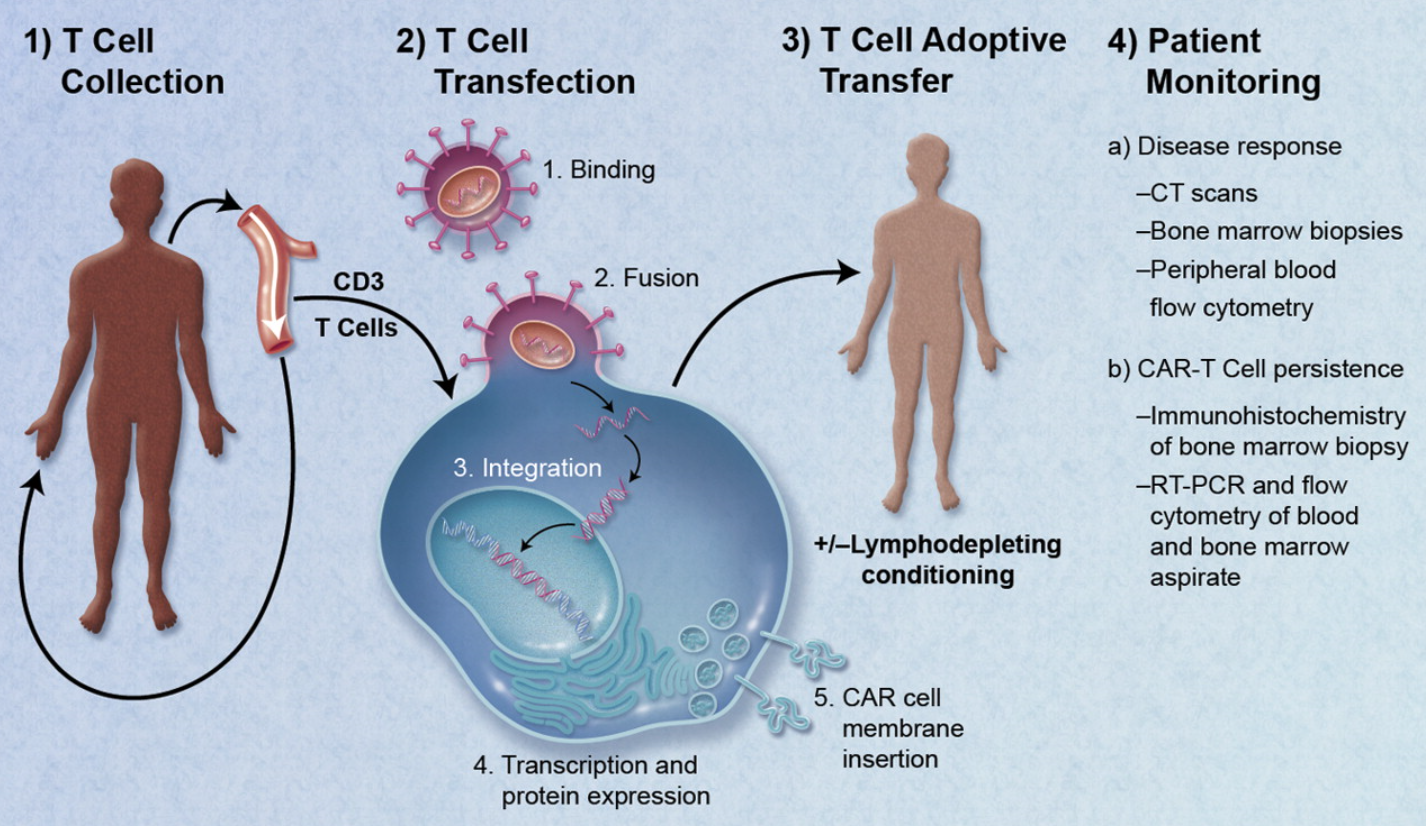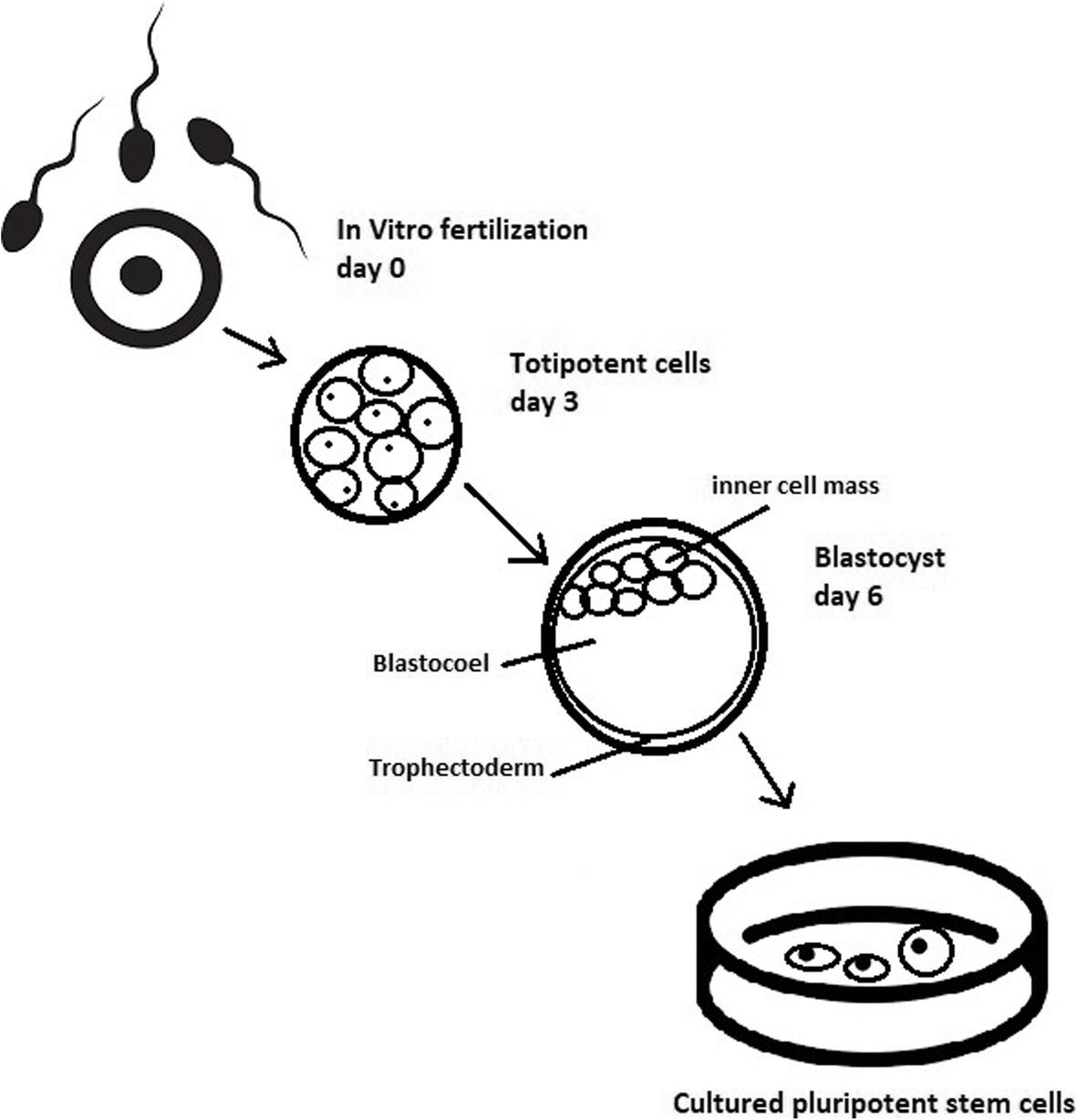Table of Contents

[/image][=video]
[/video]
There are several kinds of stem cells. Generally, the term stem cell describes a classification of cells that give increase to other cells (like skin, blood, heart, and muscle cells) by replicating and separating in feedback to chemical signs. Totipotent stem cells show up at the earliest phase of development and are the only stem cells which can create embryonic stem cells and the placenta.
Bone marrow transplant (BMT) is a special therapy for people with certain cancers or other illness. A bone marrow transplant involves taking cells that are usually discovered in the bone marrow (stem cells), filtering those cells, and providing them back either to the benefactor (client) or to an additional individual. The goal of BMT is to transfuse healthy and balanced bone marrow cells into a person after his/her own harmful bone marrow has actually been treated to eliminate the irregular cells.
Bone marrow is the soft, spongy cells discovered inside bones. It is where the majority of the body's blood cells create and are saved. The blood cells that make other blood cells are called stem cells. The most primitive of the stem cells is called the pluripotent stem cell. This is various than other blood cells when it come to the following residential or commercial properties: It has the ability to duplicate an additional cell similar to itself.
It is the stem cells that are required in bone marrow transplant. The goal of a bone marrow transplant is to heal many illness and kinds of cancer cells. When the doses of radiation treatment or radiation needed to treat a cancer are so high that an individual's bone marrow stem cells will be completely harmed or ruined by the therapy, a bone marrow transplant might be needed.
Regenerative Therapy around Lincoln Park
This process is often called rescue. Change bone marrow with genetically healthy functioning bone marrow to avoid even more damages from a genetic illness process (such as Hurler's disorder and adrenoleukodystrophy). The threats and benefits should be weighed in an extensive conversation with your doctor and professionals in bone marrow transplants prior to the treatment.
There are different sorts of bone marrow transplants relying on who the donor is. The different kinds of BMT consist of the following: The benefactor is the individual himself or herself. Stem cells are extracted from the patient either by bone marrow harvest or apheresis (a procedure of collecting peripheral blood stem cells), frozen, and after that offered back to the patient after extensive treatment.
The contributor shares the exact same hereditary kind as the person. Stem cells are taken either by bone marrow harvest or apheresis from a genetically matched benefactor, typically a brother or sis. Other benefactors for allogeneic bone marrow transplants may include the following: A haploid-identical suit is when the donor is a moms and dad and the hereditary match is at the very least half the same to the recipient.

Matching includes keying human leukocyte antigen (HLA) tissue. The antigens on the surface area of these unique leukocyte determine the hereditary make-up of an individual's body immune system. There are at the very least 100 HLA antigens; however, it is thought that there are a couple of major antigens that figure out whether a contributor and recipient match.
Medical research study is still examining the role all antigens play in the procedure of a bone marrow transplant. The even more antigens that match, the much better the engraftment of contributed marrow. Engraftment of the stem cells takes place when the contributed cells make their way to the marrow and begin making new members cells.
Hormone Therapy around Lincoln Park
All people function together to offer the very best opportunity for a successful transplant. The group consists of the following: Doctor that focus on oncology, hematology, immunology, and bone marrow hair transplant. A registered nurse who arranges all elements of treatment supplied prior to and after the transplant. The registered nurse organizer will provide client education and learning, and coordinates the diagnostic screening and follow-up treatment.
Professionals who will help you meet your nutritional needs prior to and after the transplant. They will certainly function very closely with you and your household. Specialists who will help you come to be strong and independent with activity and endurance after the transplantation. Chaplains that offer spiritual care and support. Several various other team members will certainly examine you prior to transplant and will certainly offer follow-up treatment as required.

A full case history and physical examination are carried out, consisting of several tests to examine the individual's blood and organ functions (as an example, heart, kidney, liver, and lungs). A client will certainly frequently come into the transplant facility up to 10 days prior to transplant for hydration, examination, positioning of the central venous line, and various other prep work.
Blood products and medications will be offered via the catheter throughout treatment. For an allogeneic transplant, an ideal (cells entered and matched) benefactor must be readily available. Finding a matching contributor can be a tough and extensive procedure, especially if a brother or sister match is not readily available. Voluntary marrow benefactors are registered in numerous national and international pc registries.
Donor resources available consist of: self, sibling, moms and dad or relative, nonrelated person, or umbilical cable from an associated or nonrelated individual. There are national and international pc registries for nonrelated individuals and cord blood.
Hormone Therapy
Examinations associated to his or her wellness, direct exposure to infections, and genetic evaluation will be done to establish the extent of the suit. The contributor will certainly be provided instructions on exactly how a bone marrow contribution will be made. Once a suit for a patient requiring a bone marrow transplant is discovered, then stem cells will certainly be gathered either by a bone marrow harvest.
Or by an outer blood stem cell collection. This is where stem cells are collected from the circulating cells in the blood.
Navigation
Latest Posts
Menopause Treatment
Menopause Treatment
Menopause Treatment in Lincoln Park